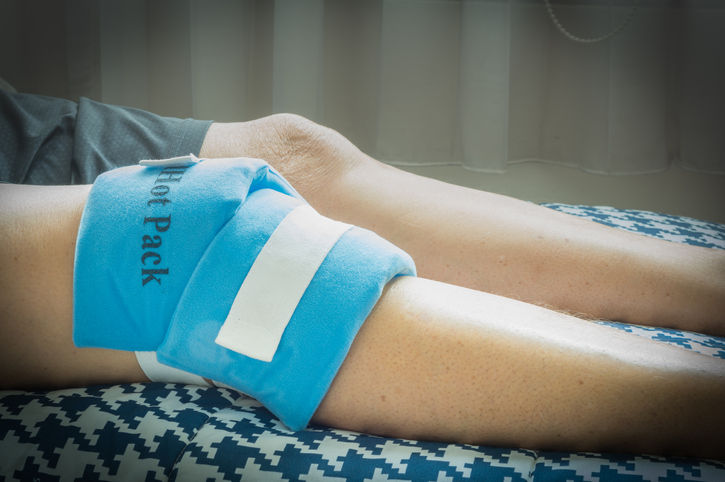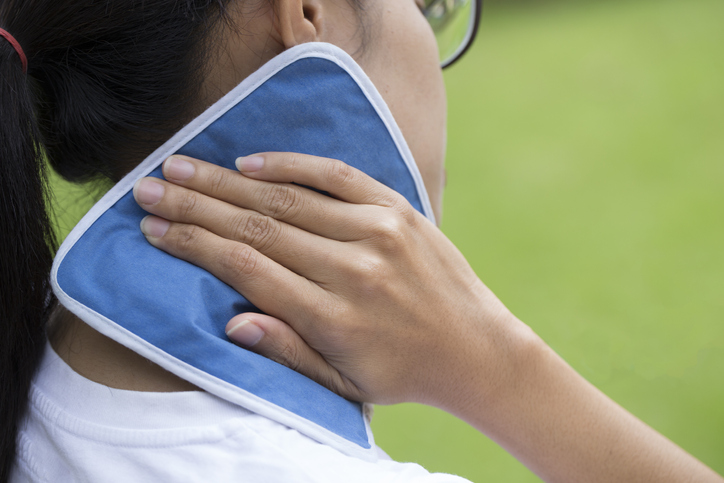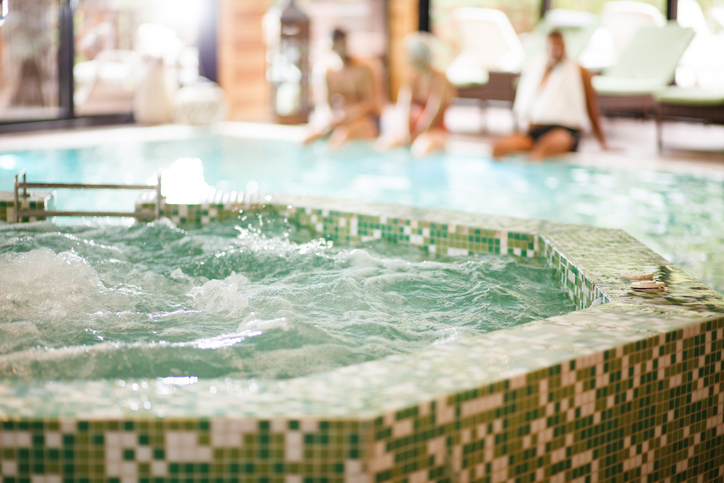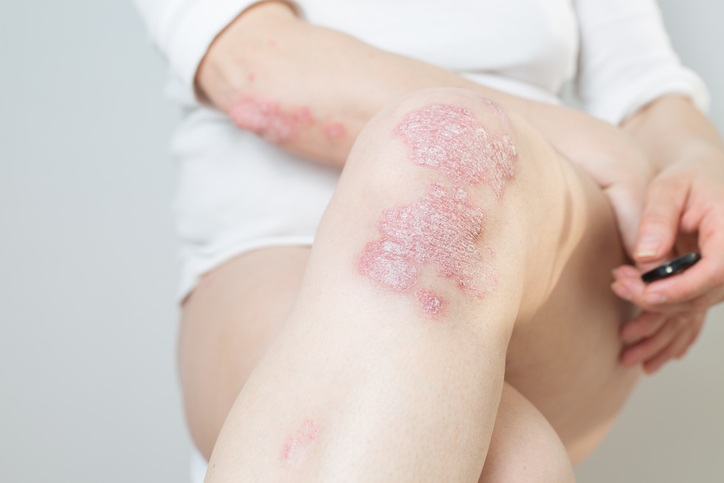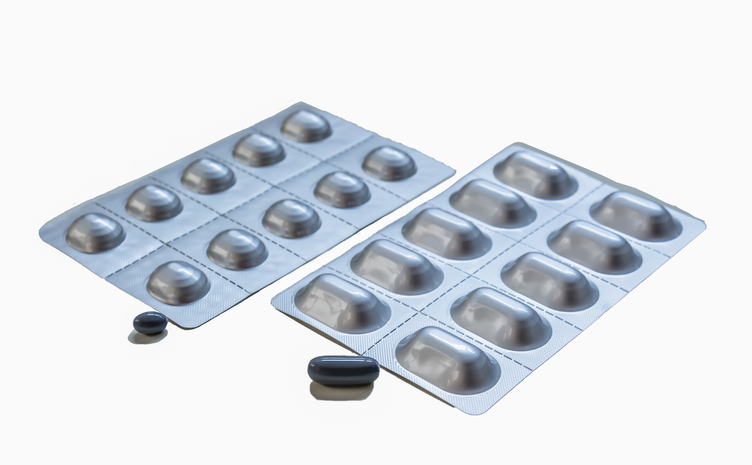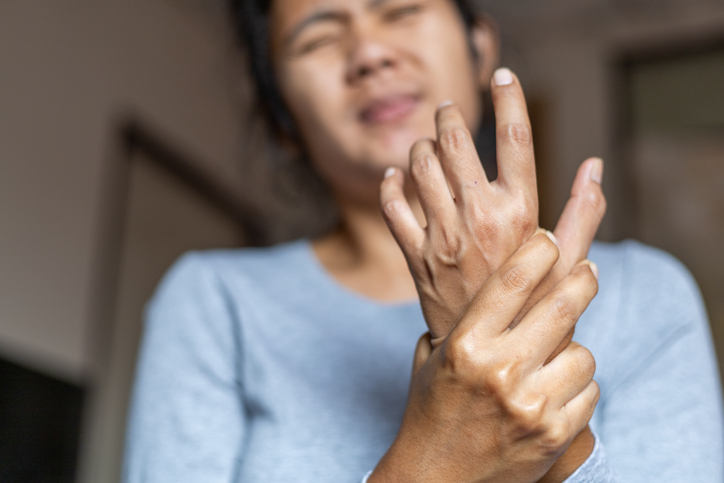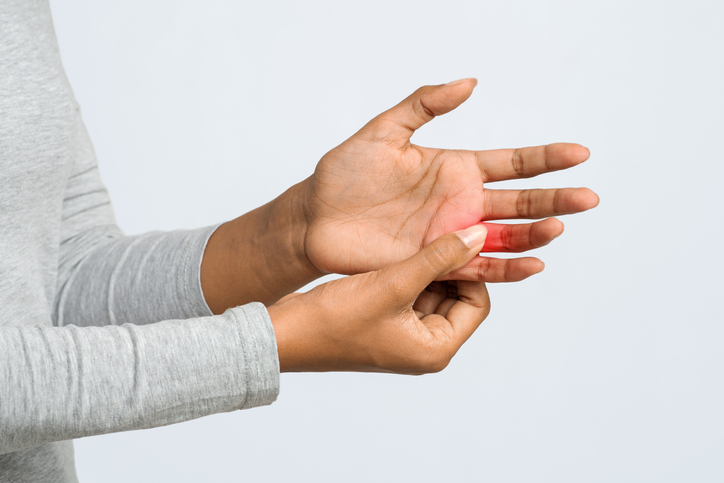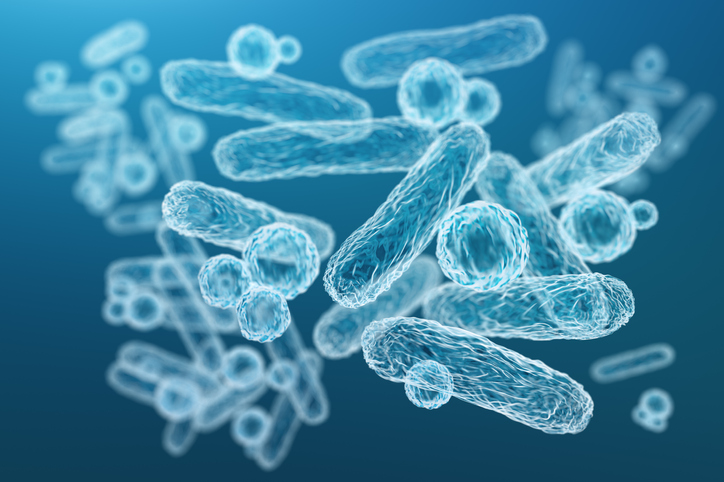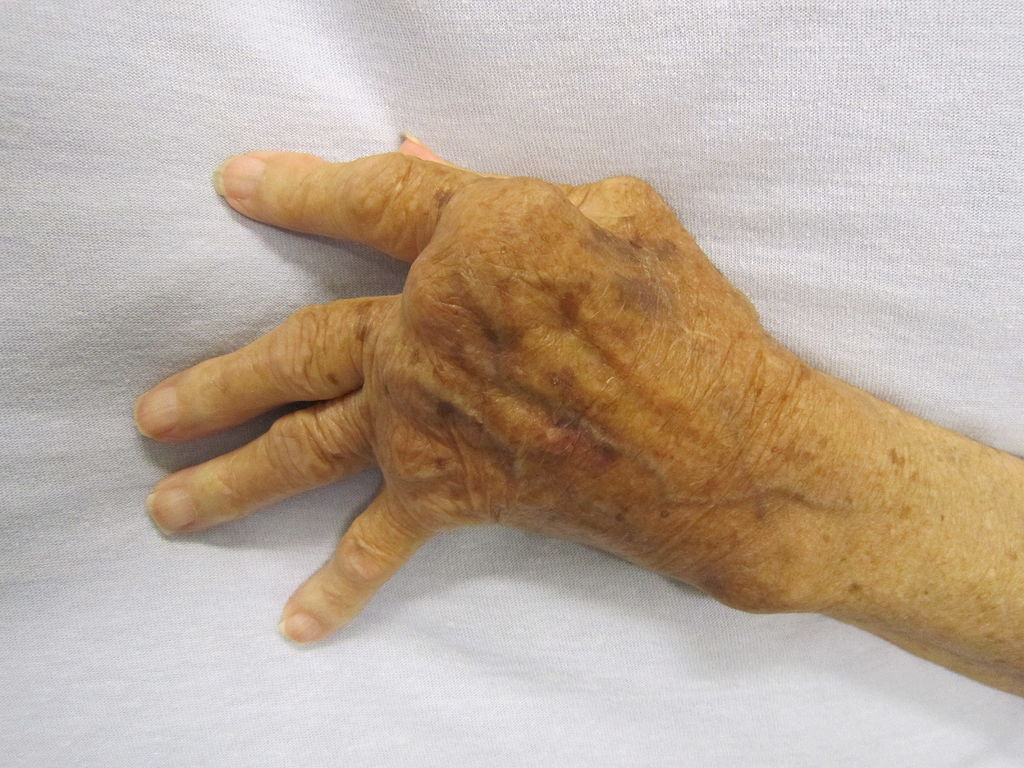Treatments
5 Ways to Apply Heat to an Arthritic Joint
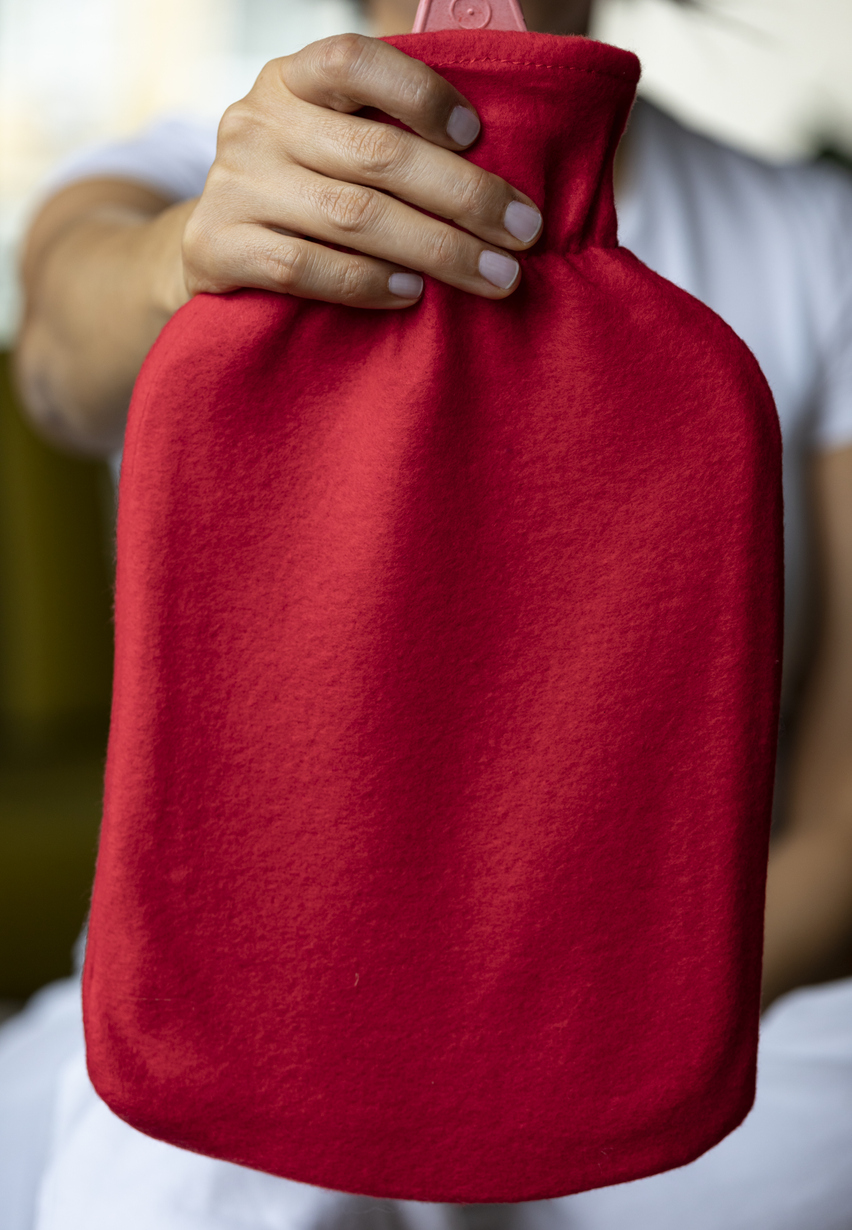
What is heat therapy?
Temperature therapy involves the use of heat or cold to reduce pain. Heat therapy relaxes stiff joints and muscles. It increases the temperature of the targeted area, improving circulation and blood flow. This can soothe stiff joints and increase muscle flexibility. Heat therapy may involve dry heat, such as a heating pad, or moist heat, such as steamed towels.
Heat therapy for arthritis pain
Arthritis is a medical condition that involves inflammation and tenderness in one or more joints. Arthritis is an umbrella term used to refer to joint pain or joint disease; more than 100 types of arthritis have been identified. Heat therapy is an effective, simple, and inexpensive option to ease arthritic joint pain. It loosens stiff joints and the tissue around the affected area. The heat should be warm, but not hot, to avoid burns on the skin. Heat therapy is beneficial when used before exercising or upon waking.
How heat therapy works
There are various ways that heat therapy helps relieve arthritic pain. Examples include the following:
- Heat treatment dilates blood vessels, which increases circulation to transport the nutrients to the affected muscle.
- The warmth decreases joint stiffness and increases flexibility in the joint.
- Once the joint is warm, movement produces fluid production, which increases the lubrication that supplies the nutrients to the arthritic joint.
- The skin sensory receptors are stimulated to disrupt the pain signal from reaching the brain.
- Heat therapy is beneficial combined with other treatments, such as physical therapy and exercise.
5 ways to provide heat to an arthritic joint
There are two forms of heat, which are dry and moist. Dry heat, such as a heating pad, is often preferred; however, it may dehydrate the skin. Moist heat penetrates deeper into muscles and tissues. Types of dry or moist heat include the following:
- Hot water bottle
Apply a hot water bottle on the affected area to increase blood flow and circulation. This can also help relax damaged tissue. The temperature should be warm, but not uncomfortable. - Heating pad
A heating pad provides a constant level of heat to relieve stiffness and pain. Caution should be used to avoid burning the skin. - Warm bath or pool, steam room, or sauna
Moist heat provides relaxation, which can help ease pain. As blood flow is stimulated, joint stiffness and muscle spasms are reduced. Warm water and steam increases mobility, improves flexibility, and builds muscle strength. - Heated wraps or steamed towels
A cloth can be filled with dry white rice to provide moist heat. A damp towel or rice-filled cloth bag can be microwaved and placed on a specific area to decrease pain. Ensure the temperature is not too hot before placing it on the skin. - Paraffin wax treatment
Placing hands and feet into paraffin wax can ease painful arthritic joints by decreasing stiffness and boosting circulation. The temperature should be set at approximately 125 degrees Fahrenheit.
How to use heat therapy
Each person reacts to treatments differently; therefore, it may require trial and error to determine which type of heat therapy provides the most benefits. On minor injuries and joints closer to the skin’s surface, such as the ankle, heat may only need to be applied for 15 to 20 minutes. If utilizing heat for arthritis in the lower back or hip, a deeper injury, or severe pain, an application of 30 minutes may be needed.
Caution
Consult a health care professional before applying heat for arthritic pain relief. Heat therapy should be avoided or limited in certain circumstances, which include, but are not limited to, the following:
- Bruising or swelling of painful area
- Dermatitis
- Deep vein thrombosis
- Diabetes
- Peripheral vascular disease
- Severe cognitive impairment
- Open wound
- Hypertension
- Heart disease
